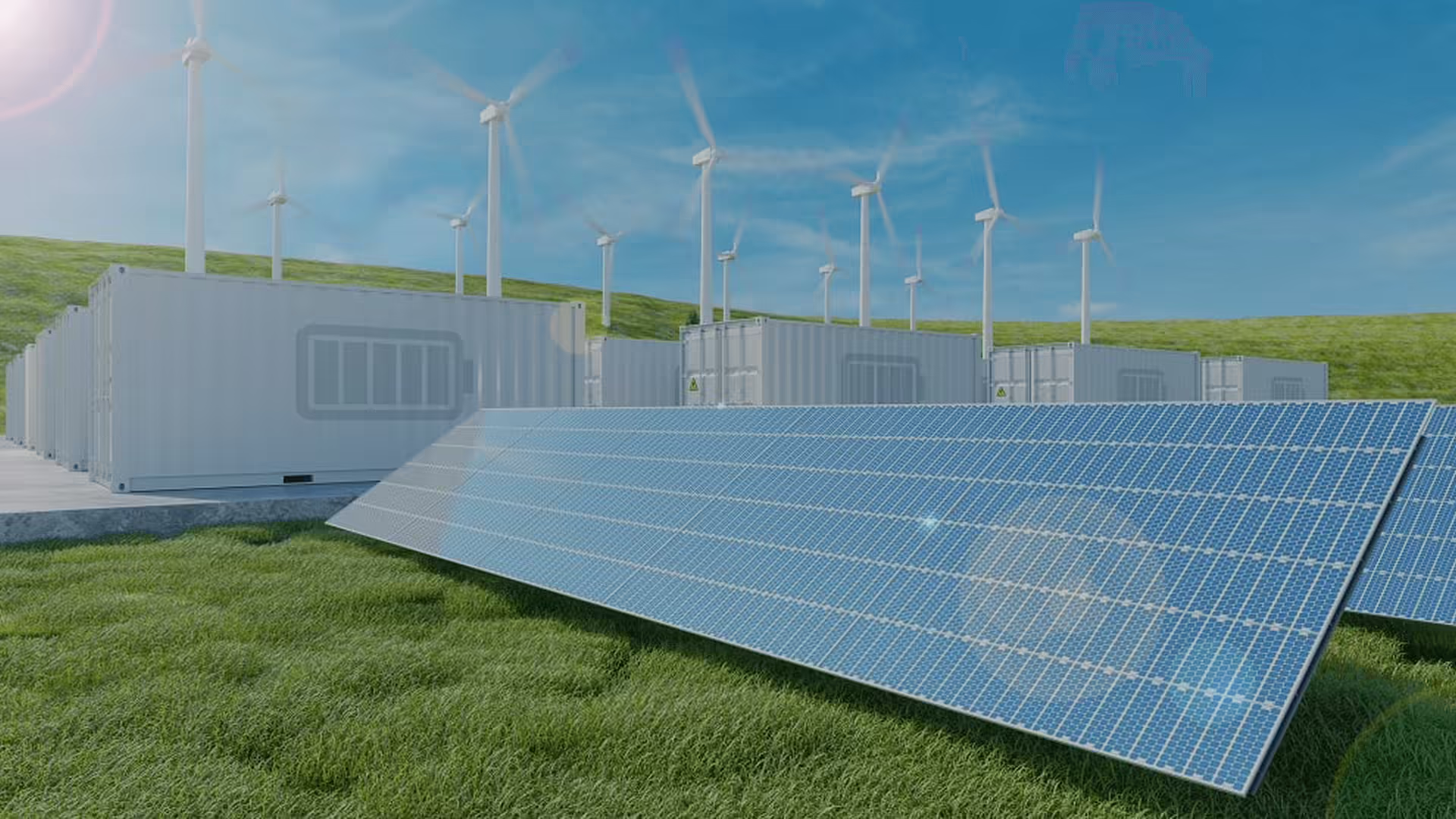Battery Energy Storage System
A Battery Energy Storage System (BESS) is a crucial component of modern energy infrastructure designed to store electrical energy and release it when needed. It plays a pivotal role in the transition towards more sustainable and reliable energy systems. BESS consists of one or more rechargeable batteries, power conversion systems, and monitoring equipment.
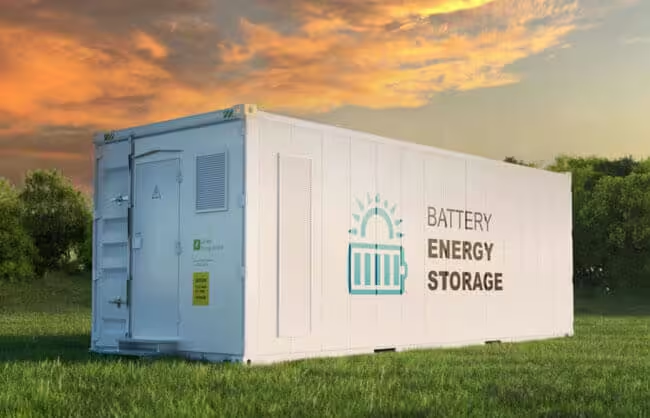
RECHARGEABLE BATTERIES
These are the heart of the BESS. They store electrical energy in the form of chemical energy, which can be later converted back into electrical energy when needed. Common types of batteries used in BESS include lithium-ion, lead-acid, and flow batteries.
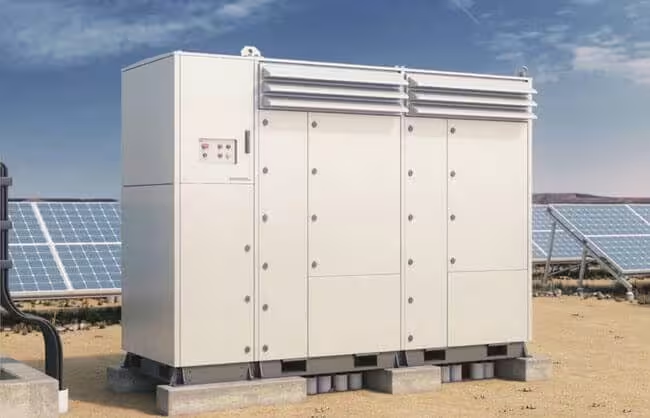
INVERTER/CONVERTER
This is responsible for converting the DC (direct current) stored in the batteries into AC (alternating current) that can be used in the electrical grid or by connected devices. It also performs the reverse operation when charging the batteries.
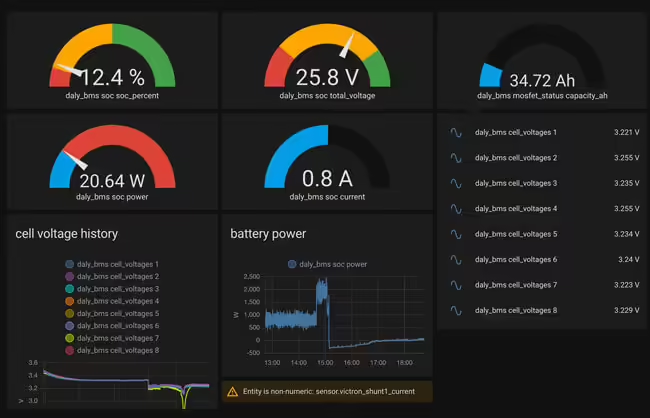
MONITORING & CONTROL SYSTEMS
These systems constantly monitor the state of charge, voltage, temperature, and other parameters of the batteries. They play a crucial role in maintaining the health and performance of the BESS.
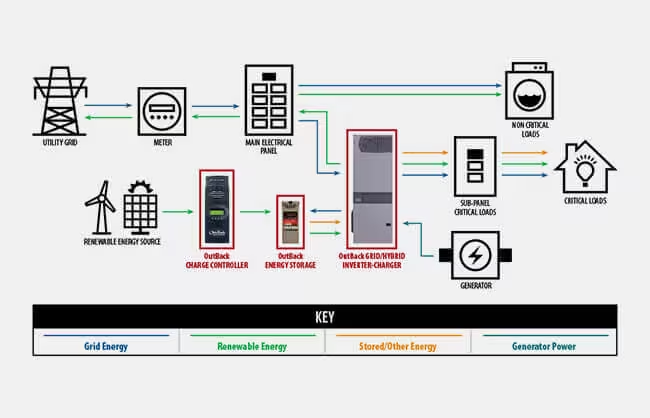
GRID CONNECTION
BESS can be connected to the electrical grid at various levels, including transmission, distribution, or at the customer's premises. This allows them to provide various grid services, such as frequency regulation, voltage support, and energy arbitrage.
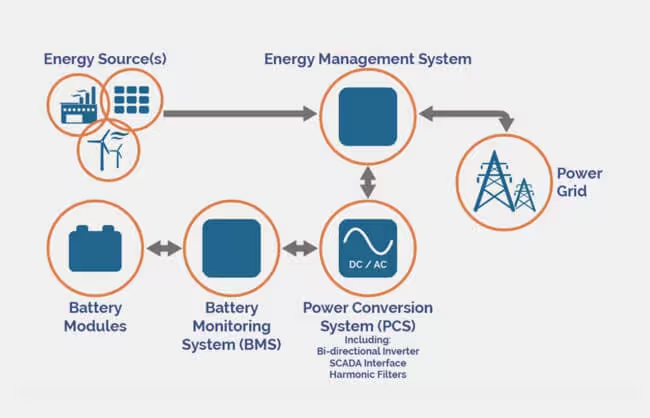
CONTORL LOGIC & ENERGY MANAGEMENT SYSTEM (EMS)
These systems govern the operation of the BESS, determining when to charge or discharge the batteries based on factors like electricity prices, grid demand, and renewable energy availability.
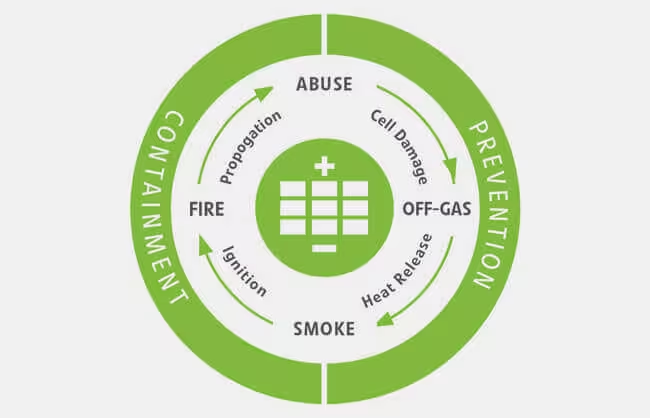
SAFETY SYSTEMS
These include measures to prevent overheating, overcharging, and other potentially hazardous situations. They are crucial for ensuring the safe operation of the BESS.

INTEGRATION WITH RENEWABLES
BESS often complements renewable energy sources like solar and wind. They can store excess energy produced during times of low demand or high generation, and release it when demand is high or generation is low.
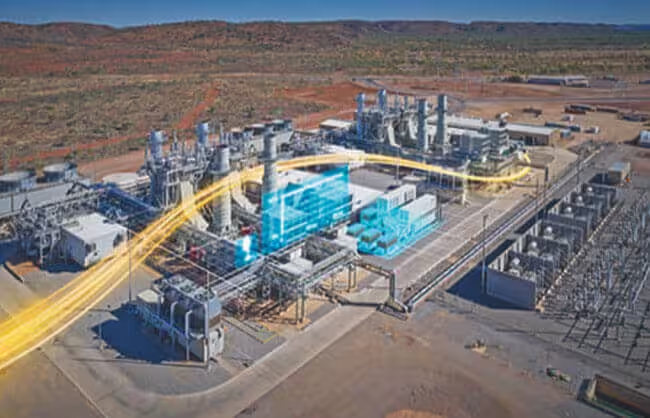
BLACK START CAPABILITIES
Some BESS are designed to provide a limited amount of power to restart parts of the electrical grid in the event of a complete blackout.
BENEFITS OFBESS
GRID STABILITY
Enhances grid stability by providing rapid response to demand fluctuations.
RENEWABLE INTEGRATION
Smoothly integrates intermittent renewables by storing excess energy for later use.
BACKUP POWER
Provides a reliable source of backup power during outages.
EMISSIONS REDUCTION
Optimizes renewable energy use, reducing reliance on fossil fuels and lowering emissions.

